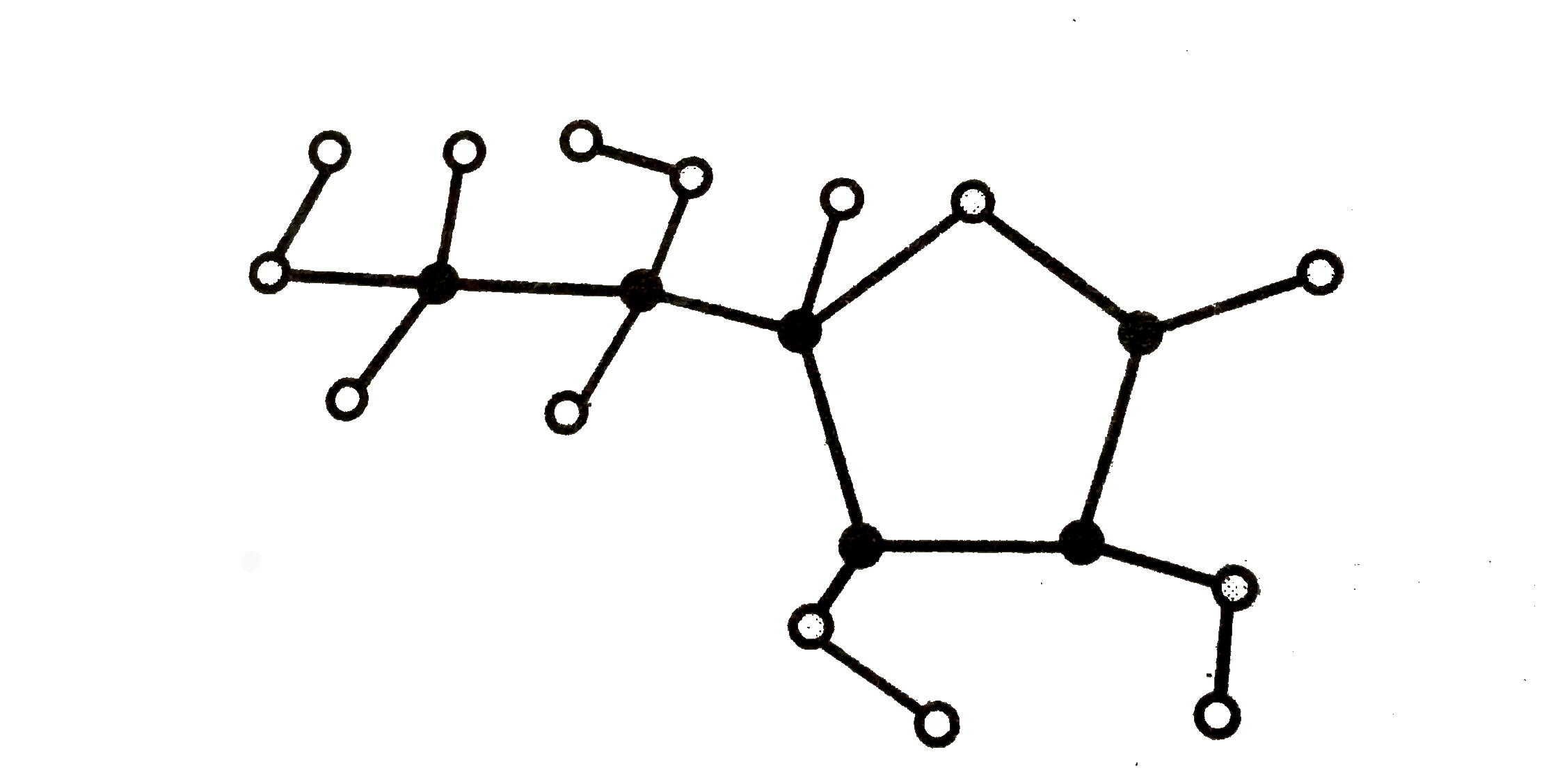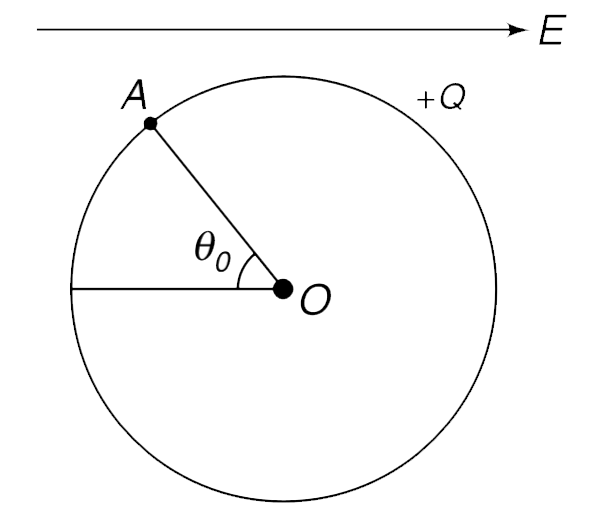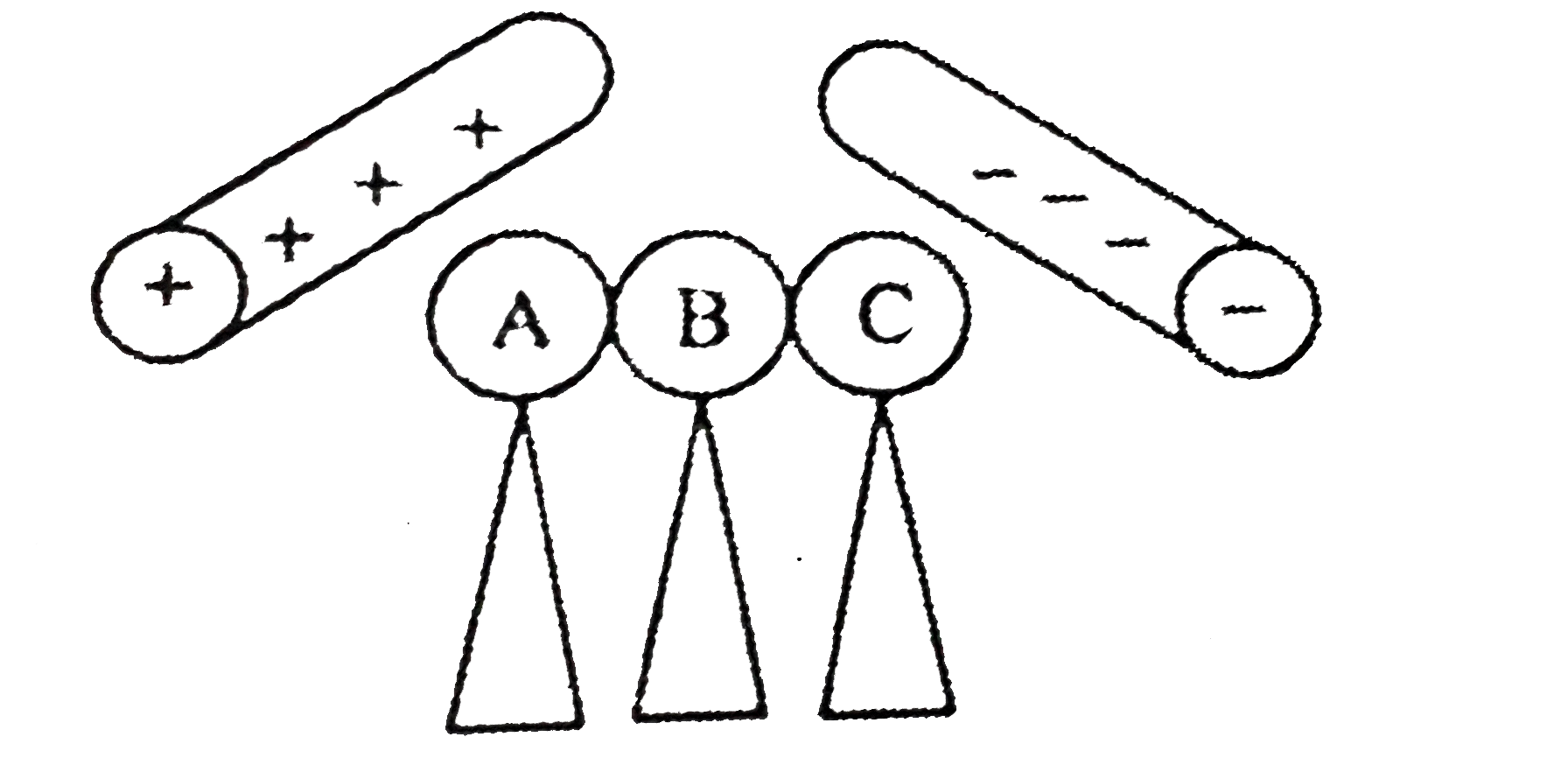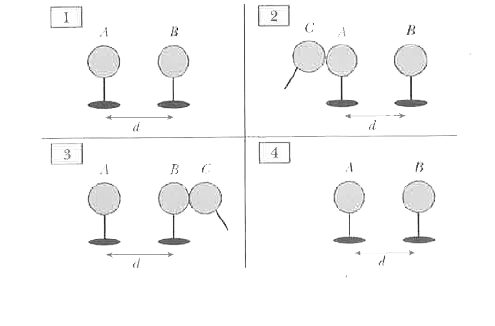Examine the model of vitamin C and determine the molecular foemula .In the model shown ,the black
sphere =Catom o sphere = Hstom ,O sphere =O atom

C8H6O6
C6H8O6
C6H10O6
None of these
The correct Answer is:b
Step by step video, text & image solution for Examine the model of vitamin C and determine the molecular foemula .In the model shown ,the black sphere =Catom o sphere = Hstom ,O sphere =O atom by Chemistry experts to help you in doubts & scoring excellent marks in Class 11 exams.
Updated on:21/07/2023Topper's Solved these Questions
- QUANTUM NUMBERS AND GENERAL CHEMISTRYBOOK - GRB PUBLICATIONCHAPTER - QUANTUM NUMBERS AND GENERAL CHEMISTRYEXERCISE - B.
68 Videos
- QUANTUM NUMBERS AND GENERAL CHEMISTRYBOOK - GRB PUBLICATIONCHAPTER - QUANTUM NUMBERS AND GENERAL CHEMISTRYEXERCISE - C,
6 Videos
- PRACTICAL ORGANIC CHEMISTRYBOOK - GRB PUBLICATIONCHAPTER - PRACTICAL ORGANIC CHEMISTRYEXERCISE - Exercise 4 (Matrix match type )
1 Videos
- REDOX REACTIONSBOOK - GRB PUBLICATIONCHAPTER - REDOX REACTIONSEXERCISE - All Questions
332 Videos
Similar Questions
A conducting sphere of radius R having charge Q is placed in a uniform external field E. O is the centre of the sphere and A is a point on the sphere of the sphere such that AO makes an angle of θ0=60∘ with the opposite direction fo external field. calculate the potential at point A due to charge on the sphere only.

View SolutionA cone of height 24 cm and radius of base 6 cm is made up of modeling clay, A child reshapes it in the form of a sphere. Find the radius of the sphere and hence find the surface area of this sphere.
View Solution
Knowledge Check
Three metal spheres A,B and C are mounted on insulating stands. The spheres are touching one another, as shown in the diagram A strong positively charged object it brought near sphere A and a strong negative charge is brought near sphere C. While the charged objects remains near spheres A anc C, sphere B is removed by means of its insulating stand. After the charged objects are removed, sphere B is first touched to sphere A and then to sphere C. The resulting charge on B would be-
 Athe same sign but 1/2 the magnitude as originally on sphere A.Bthe opposite sign but 1/2 the magnitude as originally on sphere A.Cthe opposite sign but 1/4 the magnitude as originally on sphere ADthe same sign but 1/2 the magnitude as originally on sphere C
Athe same sign but 1/2 the magnitude as originally on sphere A.Bthe opposite sign but 1/2 the magnitude as originally on sphere A.Cthe opposite sign but 1/4 the magnitude as originally on sphere ADthe same sign but 1/2 the magnitude as originally on sphere CIn Frame 1, two identical conducting spheres, A and B, carry equal amounts of excess charge that have the same sign. The spheres are separated by a distance d, and sphere A exerts an electrostatic force on sphere B that has a magnitude F. A third sphere, C, Which is handled only by an insulating rod, is introduced in Frame 2. Sphere C is identical to A and B except that it initially uncharged. Sphere C is touched first to sphere A, in Frame 2, and then to sphere B, in Frame 3, and is finally removed in Frame 4.

Determine the magnitude of the electrostatic force that sphere A exerts on sphere B in Frame 4.AF2BF3C3F4D3F8Two tiny conducting spheres are identical any carry charges of −20.0μC and +50.0μC. They are separated by a distance of 2.50 cm. The spheres are brought into contact and then separated to a distance of 2.50 cm. Determine the magnitude of the force that each sphere now experiences, and state whether the force is attractive or repulsive.
A1.30×102N, attractiveB3.24×103N, attractiveC3.24×103N, repulsiveD1.44×104N, repulsive
A uniformly charged sphere is placed inside a charged hollow sphere as shown in the figure, O is the center of hollow sphere and C is the center of solid sphere. The magnitude of charge on both the spheres is 4(√37)μ(C).The electric field at point P which lies just outside the hollow sphere is given by 3αKN/C. Find the value of α. (Here, K=14πɛ0).
'(##CEN_KSR_PHY_JEE_C18_E01_039_Q23##)'
View SolutionA spherical capacitor has an inner sphere of radius 12 cm and an outer sphere of radius 13 cm. The outer sphere si earthed and the inner sphere is given a charge of 2.5μC. The space between the concentric spheres is filled with a liquid of dielectric constant 32.
(a) Determine the capacitance of the capacitor. (b) What is the potential of the inner sphere ?
(c) Compare the capacitance of this capacitor with that of an isolated sphere of radius 12 cm.Explain why the latter is much smaller ?
View SolutionIn hexagonal system of crystals, a frequently encountered arrangement of atoms is described as a hexagonal prism. Here, the top and bottom of the cell are regular hexagon and three atoms are sandwiched in between them. A space filling model of this structure, called hexagonal close packed (HCP), is constituted of a sphere on a flat surface surrounded in the same plane by six identical sphere as closely as possible. Three spheres are then placed over the first layer so that they touch other and represent the second layer. Each one of the three spheres touches three spheres of the bottom layer. Finally, the second layer is covered with a third layer that is identical to the bottom layer in relative position. Assume radius of every sphere to be same
The volume of this HCP unit cell is
View SolutionIn hexagonal systems of crystals, a frequently ecounted arrangement of atoms is described as a hexagonal prism. Here, the top and bottom of the cell are reqular hexagons and three atoms are sandwiched in between them. A space-filling model of this structure called hexagonal close-packed (HCP), is constituted of a sphere on a flat surface surrounded in the same plane by six identical spheres as closely as possible. There spheres are then placed over the first layer so that they touch each other and represent the second layer. Each one of these three sphere touches three spheres of the bottom layer. Finally the second layer is covered with third layer that is identical to the bottom layer in relative position. Assume radius of every sphere to be 'r'

The volume of this HCP unit cell is
View SolutionIn a hexaonal system system of cycstals, a frequently encountered arrangement of atoms is described as a hexagonal prism. Here, the top and bottom of the cell are refular hexagons, and three atoms are sandwiched in between them. A space-cilling model of this structure, called hexagonal close-paked is constituted of a sphere on a flat surface surrounded in the same plane by six identical spheres as closely as possible. Three spherres are then placed overt the first layer so that they toych each other and represent the second layer so that they toych each other and present the second layer. Each one of the three spheres touches three spheres of the bottom layer. Finally, the second layer is convered with a third layer identical to the bottom layer in relative position. Assume the radius of every sphere to be r.
The voume of this hcp unit cell is
View Solution
